What is your favorite part of the beginning of the school year? Is it taking the time to paint your classroom in the color scheme of your choice? Or is it planning for the first few days of setting the tone and building classroom community? Is it creating new bulletin boards that indicate your theme for the year? Or is it labelling your organizational system so that students can easily find materials? Take a moment and think of your favorite task. Now ask yourself why it is your favorite task?
So?
Is it your favorite because you are making the space your own? Personalizing it if you will. Is it your favorite because you get to let your personality shine? That sense of complete ownership and accomplishment is fulfilling in and of itself. Now you feel ready to welcome in the kids! You probably enjoy walking into the space you have created for yourself and your students everyday.
Now take a moment to imagine how you would feel walking into the unknown? You are a middle school student who needs to learn new routines, expectations and locations of your classes for 8 different periods a day. You may have changed classrooms some in elementary school, but you never had to travel by yourself to the opposite end of a building! Now you need to keep track of 8 different notebooks and folders and make sure that you have a pen or pencil for every period. “What about my calculator? Do I need that today?” You worry about getting the different teacher’s rules mixed up. Worry about losing your pencil and being scolded for not having it. Worry about disappointing your teacher because you are not prepared. That sounds stressful! My heart is racing just typing this scenario and to be honest, I would still have challenges, as an adult!
So, why do we do this to ourselves? To our kids? How is this system like any other that they will experience outside of their time in public education? How is this preparing our charges for the challenges that they will face in life. Regardless of the fact that the United States public education system is the single slowest system in our country to change, we can do better.
We can support our learners as they adjust to the transitions that they need to make during their educational careers. We can be kind. We can be empathetic. We can ask the kids how we can make this experience better for them. We can reach out to parents for insight about their child. We can provide the same environment we hope is provided everyday for our own children. We can bring the joy to learning and let go of the details that get in our way.
It must be hard to feel like you are just passing through. It must be hard to feel like you are just borrowing a chair, desk or table space. I must be hard to view school as time you are borrowing.
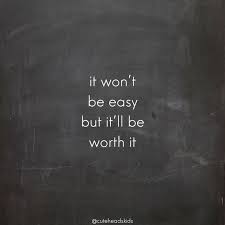
So, let’s change that perception. Let’s be the kind, empathetic, and supportive educators we see ourselves to be. Let’s bring the joy, everyday to every child we encounter. Let’s create opportunities for students to have ownership over their space and time. It will be time well spent.
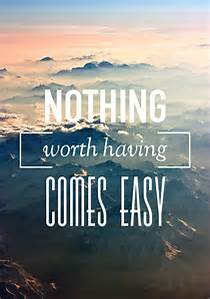
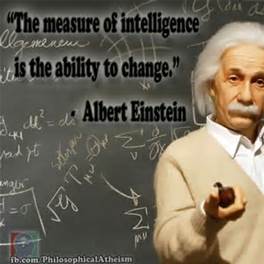
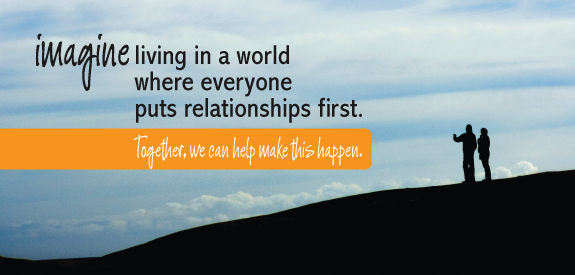

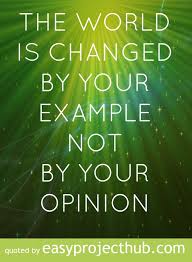
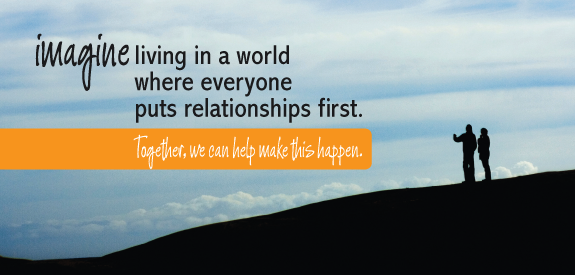
 Students joined staff this week to kick off the 2016-2017 school year. The energy in the building was palpable! Teachers shared a little bit about who they are as a person and a learner with their classes. Students worked through ice breakers and team-building activities, setting each group on its unique journey to becoming a team. Students high-fived me in the hallways. Smiles were infectious. Positivity strummed through the building.
Students joined staff this week to kick off the 2016-2017 school year. The energy in the building was palpable! Teachers shared a little bit about who they are as a person and a learner with their classes. Students worked through ice breakers and team-building activities, setting each group on its unique journey to becoming a team. Students high-fived me in the hallways. Smiles were infectious. Positivity strummed through the building.
